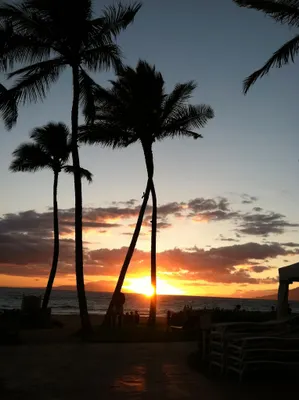1/52
What are types of economic measures?
Hint: 3 choices
2/52
What category is a rain forest in?
3/52
What are birthrate, fertility rate, mortality rate, and infant mortality rates an example of?
4/52
What is the layer of gasses released by the burning of coal and petroleum that traps solar energy, causing global temperature to increase?
5/52
What is the term used for the temperature grassland region in the Northern Hemisphere?
6/52
What are 4 types of economic systems? (separate with /)
7/52
What is the loose mixture of weathered rock, organic matter, air, and water that supports plant growth?
8/52
Where are grassy plains?
9/52
What causes smaller broken material which can be combined with organic material to become soil?
10/52
What is a way to measure information collected by seismographs to determine the relative strength of an earthquake?
11/52
What is the chain of volcanoes that lines the Pacific Rim?
12/52
What kind of weathering is rust an example of?
13/52
What is an enormous moving shelf that forms the earth's crust?
14/52
What is a flat, grassy, mostly treeless plain?
15/52
What is river sediment an example of?
16/52
Who reduces some types of distortion by using different types of map projections?
17/52
where can a hemisphere be located? (separate with /)
18/52
How can tectonic plates move?
Hint: 4 choices
19/52
What helps distribute the sun's heat from one part of the world to another? (2)
20/52
What are 4 different types of projections? (separate with a /)
21/52
What is a regional ecosystem?
22/52
What is taking existing elements of society and creating something new to meet a need?
23/52
What is the land on the leeward side of hills or mountains that gets little rain from the descending dry air?
24/52
What is the cultural change that occurs when individuals in a society accept or adopt an innovation?
25/52
What is used to identify absolute location?
26/52
What is the exact place on earth where a geographic feature is found?
27/52
Where are plants specially adapted to tolerate the dry or cold conditions? (separate with /)
28/52
What are hurricanes, tornadoes, blizzards, droughts, and floods?
29/52
What are pyramids, density, and carrying capacity examples of?
30/52
What is the study of the distribution and interaction of physical and human features on the earth?
31/52
What is the basic support systems needed to keep an economy going?
32/52
What is a device that measures the size of waves created by an earthquake?
33/52
What is all the parts of the earth where plants and animals live?
34/52
What are suburbs, metropolitan, and megalopolis?
35/52
What uses latitude and longitude lines?
36/52
What describes a place in comparison to other places around it?
37/52
What happens when a river picks up loose material and moves it downstream?
38/52
What are Landsat and GOES?
39/52
What is a natural event formed when magma, gases, and water from the lower part of the crust or mantle collect in underground chambers and eventually erupt and pour out of cracks in the earth's surface?
40/52
What is the spread of ideas, inventions, or patterns of behavior to different societies?
41/52
What is a group of people with a common culture living in a territory and having a strong sense of unity?
42/52
What is an imaginary line that runs north and south, dividing the earth east and west?
43/52
What kind of trees are found in forests? (separate with /)
44/52
What are 3 types of urban lad use patterns? (separate with /)
Hint: 3 choices
45/52
What are 3 types of governments? (separate with /)
46/52
What is a projection on a flat surface?
47/52
What is the transfer of heat in the atmosphere by upward motion of the air?
48/52
Where are most volcanoes found?
49/52
What is a projection onto a cylinder?
50/52
What happens when minerals react to oxygen in the air and begin to crumble?
51/52
What is each half of the globe?

